Make Financial Sense Printer Rental
Managing office equipment efficiently can make a big difference in your overall operations. One of the most significant pieces of equipment you rely on daily is your office printer or copier. Whether it’s producing crucial documents, reports, or contracts, your printer is an essential tool. But, have you ever thought about the cost of owning one outright? This is where the concept of Financial Sense Printer Rental comes in.
When businesses opt for a printer lease or rental service, they unlock access to top-of-the-line equipment without draining their cash flow. But is leasing the right move for every business? Let’s dive into why leasing a printer often makes financial sense for companies, especially when dealing with high print volumes or needing cutting-edge office equipment like wide format printers or multifunction devices.
Why Leasing an Office Printer or Copier Makes Financial Sense
Leasing a printer or copier offers significant advantages to businesses. First, there’s the immediate benefit of avoiding the upfront cost of purchasing a new printer. Whether you need a small office printer, a multifunction printer, or a wide format printer, buying one outright can strain your cash flow. When you lease printers, however, you spread the cost over a fixed period with manageable lease payments. This can free up your financial resources for other important areas of your business.
Another important benefit of leasing is that you won’t have to worry about owning outdated technology. Technology evolves quickly, and if you purchase a printer today, it could be obsolete in a few years. Leasing, on the other hand, allows you to upgrade your office printer at the end of the lease term, ensuring you always have access to the latest equipment. Many leasing companies also include maintenance and repair services in their lease agreements, helping to reduce downtime and ensure everything runs smoothly.
Understanding Printer Rental Service vs. Buying Printers
If you choose to buy printers, you’ll need to consider the depreciation of the equipment over time. Printers, like many pieces of office equipment, lose value as newer models are released. Leasing mitigates this issue by allowing you to upgrade at the end of the lease term, ensuring you always have access to the best available technology.
While owning a printer might make sense for businesses with very stable and predictable printing needs, leasing a printer or copier rental makes more sense for those looking for flexibility. Renting a printer is an even more temporary solution, typically used for short-term business needs, such as events or seasonal demands, whereas leasing is a longer-term commitment, often running for several years.
Common Lease Printers and Office Equipment Options for Businesses
There’s no one-size-fits-all when it comes to printer leasing. Different businesses have different needs, which is why leasing companies offer a variety of options. Here are some of the most common types of printer rental agreements:
- Short-term Rentals: Ideal for businesses with temporary needs. Whether you’re setting up a new office, hosting a large event, or need a printer for a limited-time project, short-term rentals offer flexibility without long-term commitments.
- Long-term Leasing: This is the most common form of printer leasing. It involves a lease term that typically lasts from three to five years, depending on the agreement. Businesses make fixed monthly lease payments, which include the cost of the printer and often maintenance and repair services.
- Rent-to-Own Agreements: In this type of agreement, businesses lease the printer for a set period with the option to purchase it at the end of the term. This allows businesses to avoid large upfront costs while still retaining the option of ownership down the road.
Office Printer Lease Agreements: What to Look For
Before signing any printer lease agreement, it’s essential to understand the terms and conditions. Each leasing company has its own contract terms, and knowing what to expect can help you avoid hidden costs. The first thing to consider is the length of the lease. Standard lease terms range from 12 to 60 months, with longer terms usually offering lower monthly payments.
Next, it’s important to check what’s included in your lease. Does the lease cover maintenance, repair, and toner replacements? Many printer lease agreements include a service contract, which ensures that your office printer stays in good working order without incurring additional out-of-pocket expenses. This can be a huge relief, especially if your printer handles high print volumes daily.
Finally, consider your options at the end of the lease. Most leasing companies offer the ability to upgrade to newer models, continue leasing at a reduced rate, or purchase the printer outright. Knowing your options upfront can help you make the best decision for your business when the time comes.
Printer Leasing vs. Buying Printers: Advantages and Disadvantages
Cost Savings with Leasing Printers
Leasing eliminates the high upfront cost of purchasing, allowing businesses to spread payments over time. This helps maintain cash flow for other priorities.
Flexibility with Leasing Printers
Leasing provides the option to upgrade or switch to newer models at the end of the lease, ensuring access to the latest technology without dealing with outdated equipment.
Maintenance and Support with Leasing Printers
Most printer leases include maintenance and support, reducing worries about repairs or downtime. Leasing companies manage repairs and toner replacements, ensuring smooth operations.
Disadvantages of Lease Printers
Over time, the total cost of leasing may surpass the cost of buying, especially with extended leases. Additionally, businesses must decide if they want to own the printer at the end of the lease term.
Advantages of Buying Printers
Buying provides full ownership with no ongoing payments. Businesses can also benefit from tax deductions, as the purchase is considered a capital expenditure.
Key Considerations for Leasing and Managing Printer Rentals
Understanding Managed Print Services (MPS)
For businesses that are leasing office printers, integrating Managed Print Services (MPS) can be a game-changer. MPS is a comprehensive service provided by many leasing companies that oversees the entire printing process for your business. From monitoring the usage of printers and supplies to handling maintenance and repair, MPS ensures that everything related to your printing needs is optimized and efficient.
One of the main benefits of MPS is that it takes the hassle out of managing your printer or copier. The printer service is entirely managed for you, allowing your business to focus on more critical tasks.
For businesses that deal with high print volumes, Managed Print Services can also offer insights into how printing resources are being used. This data can help you identify inefficiencies. Whether you’re leasing a printer or copier or simply looking for better print management, MPS adds an extra layer of convenience and financial sense.
Leasing a Copier or Printer
The first thing to evaluate is the cost of the printer and whether it makes more financial sense to lease or buy. Leasing typically allows businesses to avoid the hefty upfront cost of purchasing a new printer, spreading the expense out over time with predictable lease payments.
Another critical factor to consider is maintenance and repair. This can save your business both time and money, ensuring that your office printer stays operational without unexpected repair bills.
Finally, evaluate the print demands of your business. If you require a wide format printer or specialized multifunction devices, leasing can give you access to these high-end machines without a large upfront investment. Leasing a printer or copier also gives you the flexibility to adapt as your business grows or changes, ensuring that you always have the right equipment for your needs.
The Role of Leasing Companies in Office Printer Rentals
Leasing companies play a crucial role in the entire printer leasing process, from helping businesses select the right equipment to providing ongoing support throughout the lease term. When you lease a printer or copier, you’re not just renting a machine, you’re entering into a relationship with the leasing company that provides support and ensures your equipment remains in top condition.
Many leasing companies offer flexible terms, allowing businesses to choose from a range of leasing options, including short-term rentals, long-term leases, or rent-to-own agreements. Furthermore, a good rental company will work with you to customize your lease based on your specific business needs. They can help you choose the best printer for your office, whether it’s a high-speed laser printer, a wide format printer, or a multifunction copier that handles scanning, copying, and printing.
Lease or Buy: How to Make the Right Decision
One of the primary considerations is cash flow. Leasing is typically the better option for businesses that want to preserve their capital and avoid large upfront costs.
On the other hand, owning a printer eliminates monthly payments and gives you full control over the equipment. However, you also need to consider the maintenance and repair costs that come with ownership, which can add up over time.
If your business relies on having the latest office equipment, such as high-performance multifunction printers or wide format printers, leasing offers the advantage of regular upgrades. At the end of the lease, you can simply trade in your older model for a newer one, ensuring that you always have the best tools at your disposal.
Renting Printers for Short-Term Business Needs
For businesses that only need a printer for a short period, renting printers offers a flexible and cost-effective solution. When you rent a printer, you typically receive the equipment for a few days, weeks, or months, depending on your needs. The rental agreement often includes delivery, setup, and even maintenance, so this option is particularly useful for businesses with seasonal demands or those who need additional office equipment to handle a temporary increase in print volume.
Renting is also an excellent option for businesses that are uncertain about their long-term printing needs. If you’re unsure about the type of printer that would work best for your office, renting gives you the opportunity to test different models before committing to a lease or purchase.
Managing Printer Maintenance and Repair with a Lease
One of the key advantages of leasing a printer is that most lease agreements include provisions for maintenance and repair. The leasing company typically handles all routine maintenance, repairs, and even toner replacement, which can save your business both time and money.
By including maintenance and repair in your lease agreement, you’re effectively outsourcing the management of your office printer, giving you peace of mind and allowing you to focus on other areas of your business. This is especially beneficial for businesses with high print volumes, where downtime can lead to significant operational disruptions.
When Your Lease Ends: What to Expect
At the end of your printer lease, you’ll have several options to choose from, depending on the terms of your lease agreement. Many leasing companies offer flexible end-of-lease options, including:
- Returning the Printer: If your business no longer needs the printer or wants to upgrade to a newer model, you can simply return the leased equipment at the end of the term.
- Upgrading to a Newer Model: If your current printer is outdated or no longer meets your printing needs, you can trade it in for a more advanced model.
- Purchasing the Printer: Some lease agreements offer a purchase option at the end of the lease term, allowing you to buy the printer at a reduced cost.
It’s important to review your lease agreement before the lease term ends so you’re fully aware of your options.
Choosing the Right Printer for Your Business Needs
Choosing the right printer for your business is crucial. If your business has high print volumes, you’ll need a printer that can handle a heavy workload. On the other hand, if your printing needs are minimal, a smaller office printer might suffice. Understanding your specific needs will help you determine whether it’s better to lease a printer or purchase one outright.
If your business requires specialized printing capabilities, such as wide format printers for blueprints or marketing materials, leasing can be a particularly attractive option. These types of printers are often expensive, and leasing allows you to access this advanced technology without the significant upfront cost.
[rank_math_rich_snippet id="s-bb8d228a-49bb-4e3c-b41e-8449e63cbf0d"]By carefully assessing your print volume, equipment requirements, and financial situation, you can make the right choice to ensure smooth and efficient office operations.




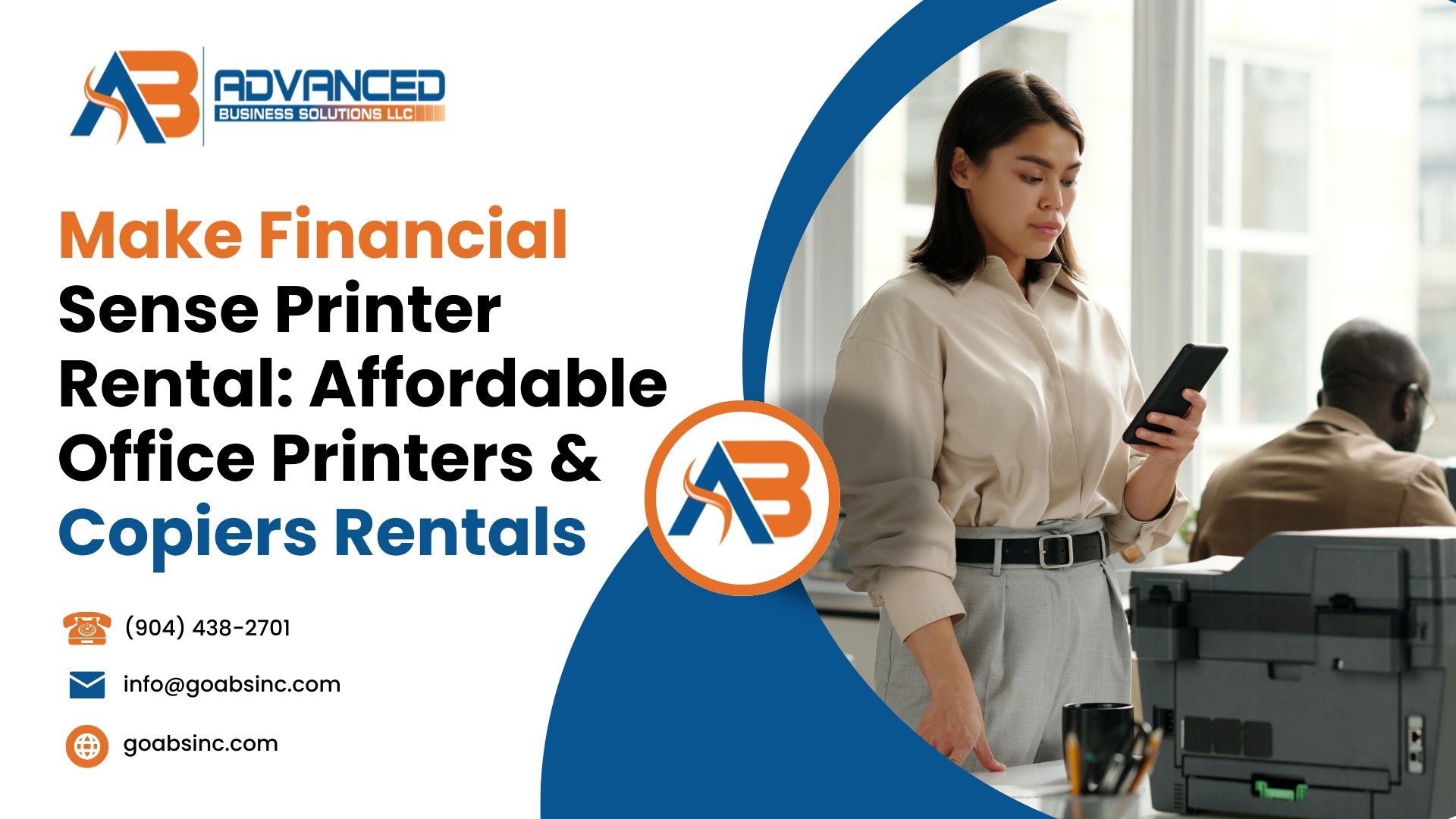

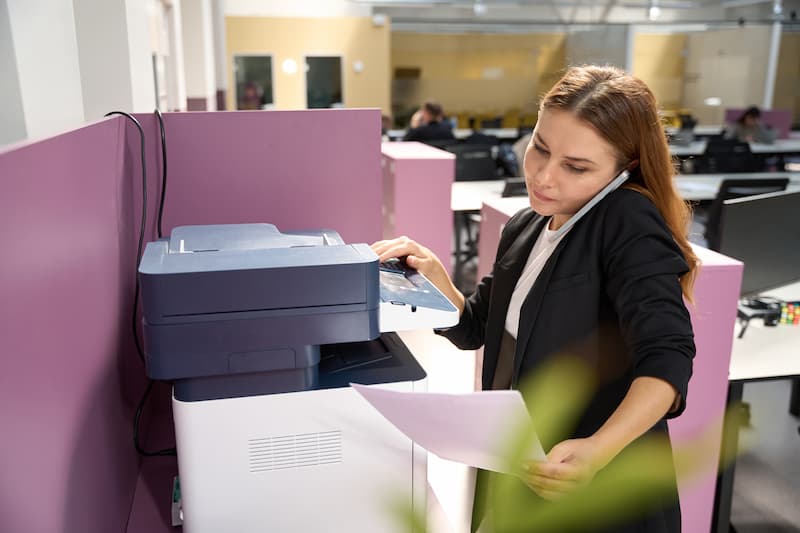
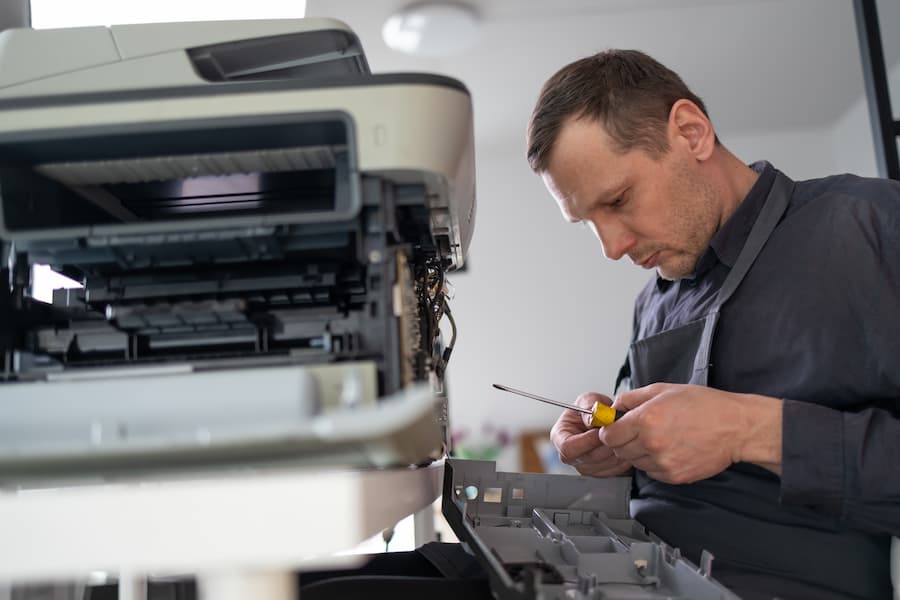

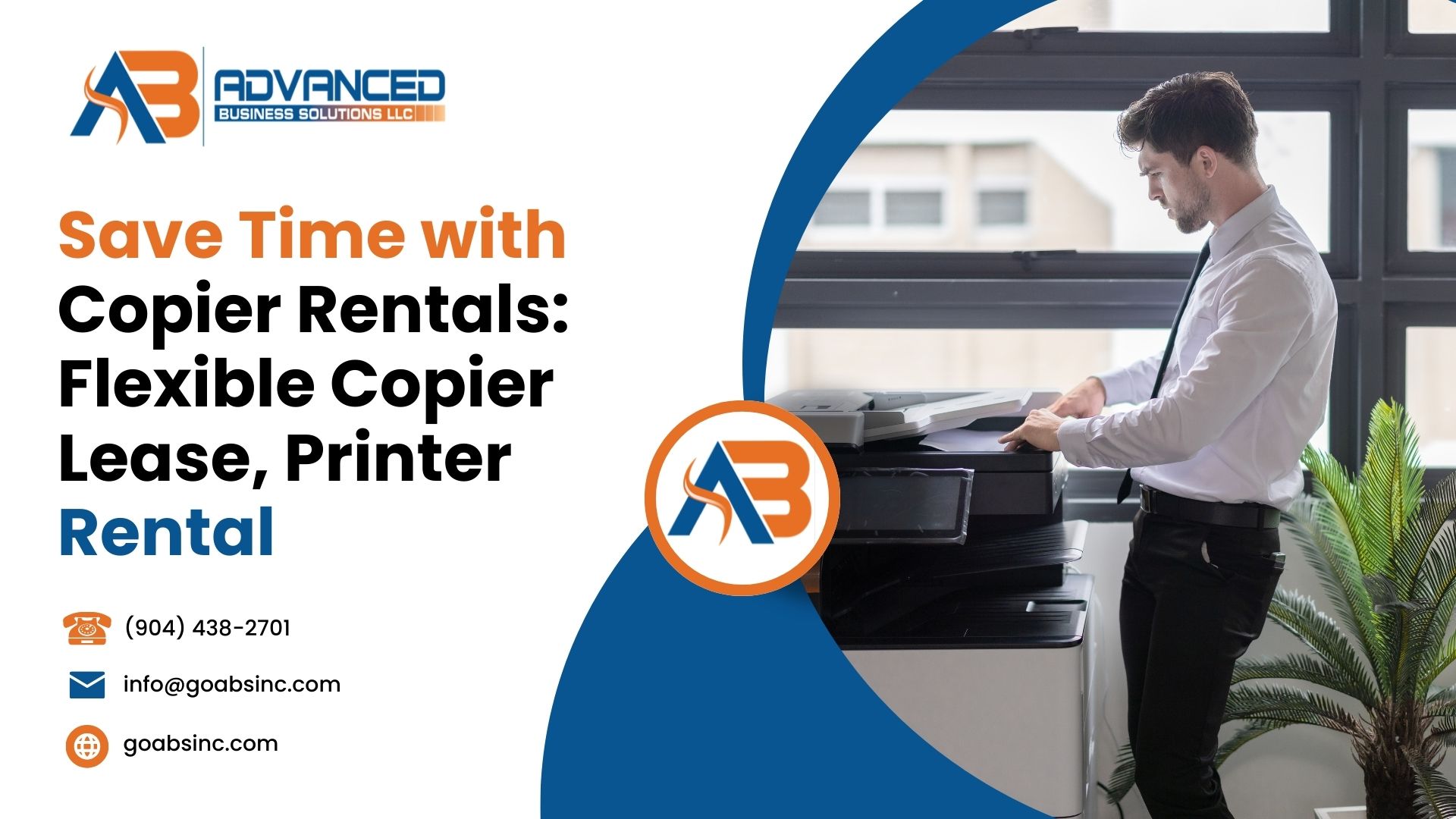


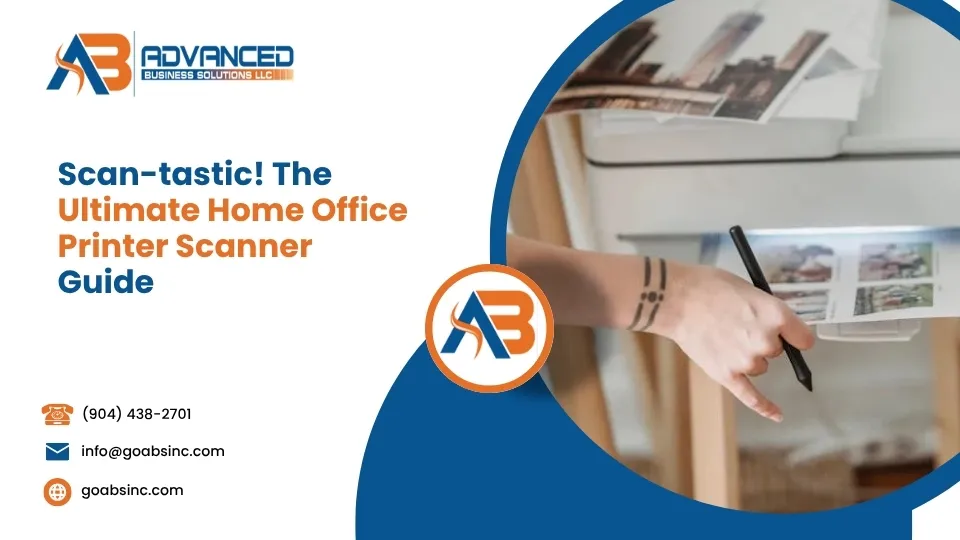
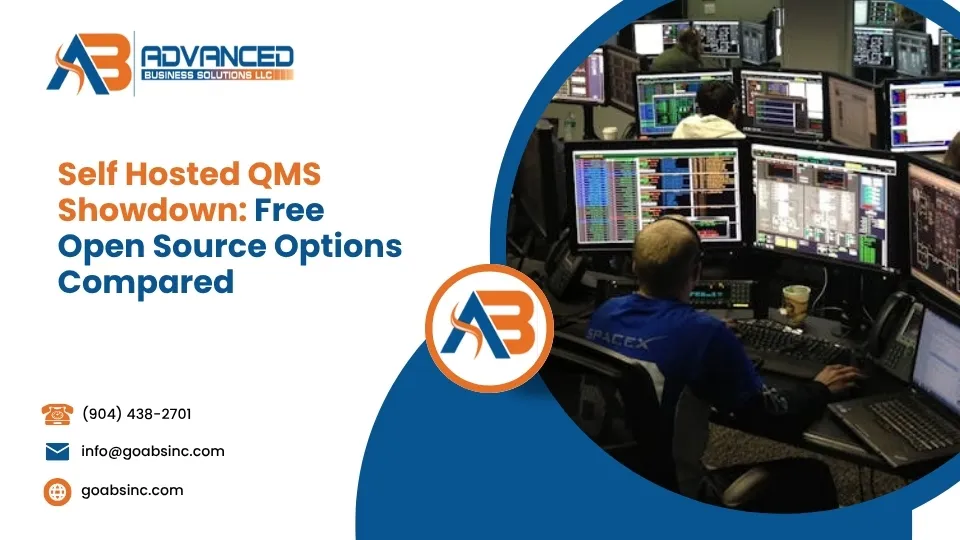
Comments are closed